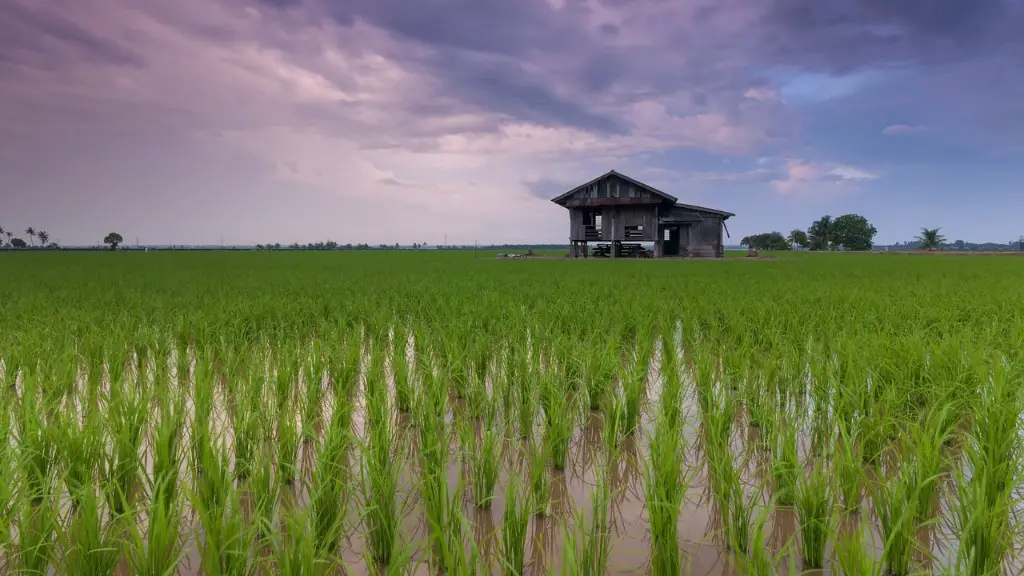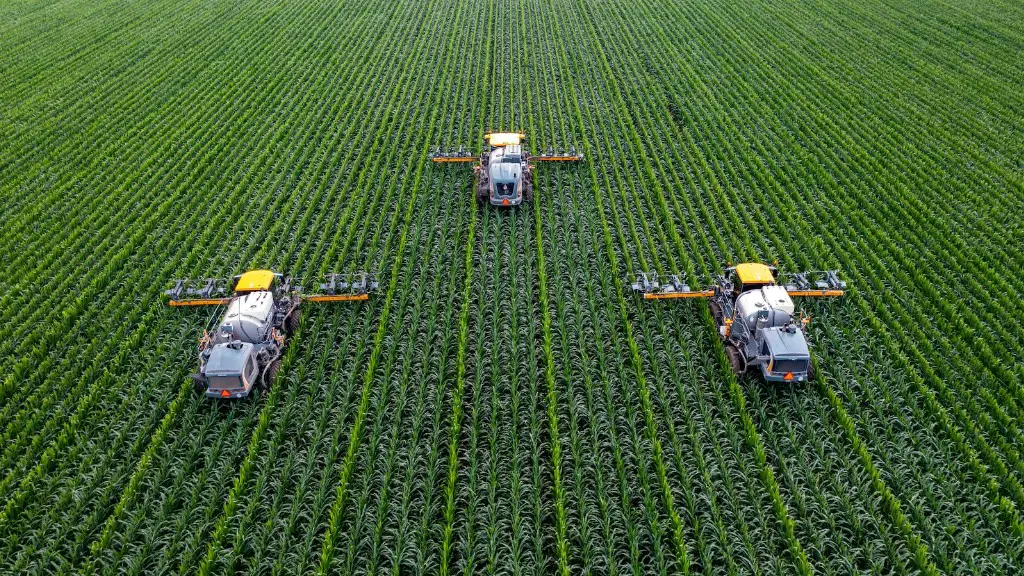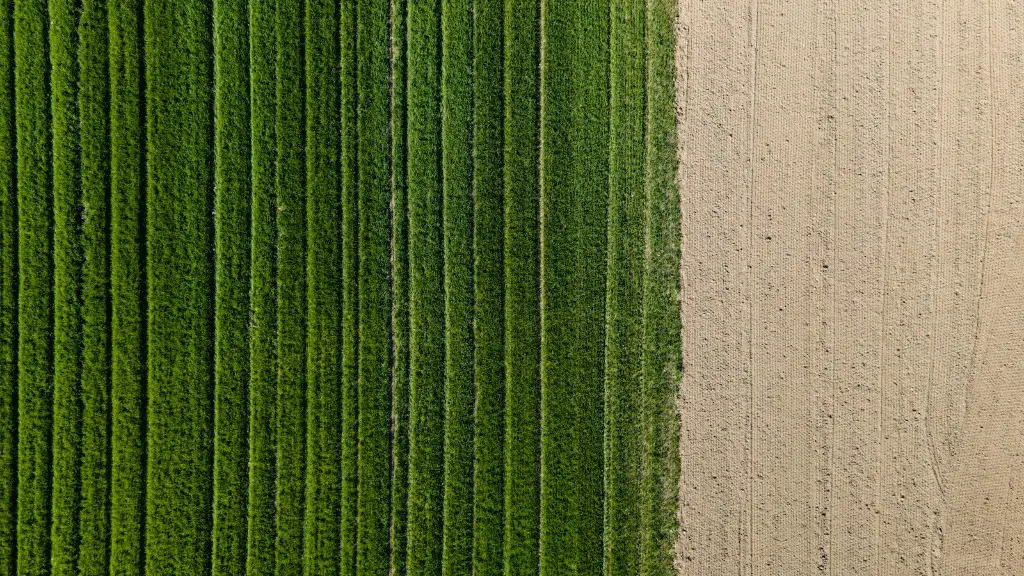Agriculture offshoots, such as industrial production, emissions from fuel and fertilizer, and land conversion activities damage our environment. Pollution that arises from agriculture includes chemical runoff, odors, and particulate matter, to name a few. In this article, we discuss whether farming causes pollution.
Fertilizers and pesticides are the major components of pollution from farming. The use of these compounds in farming for increasing crop yield has caused increasing levels of dust and pollution in the air. This dust and pollution release harmful chemicals into the environment, leading to water, land, and air pollution.
Furthermore, the use of pesticides and fertilizers has led to the contamination of groundwater and surface water, resulting in various health issues in humans. The runoff of these harmful compounds into nearby water bodies damages the soil, aquatic life, and causes various types of diseases. Also, over-fertilization of land leads to the release of nitrogen and phosphorous, which leads to its own set of environmental problems.
The excessive use of water for irrigation is another source of environmental pollution caused by farming. The use of huge amounts of water for irrigation leads to the depletion of water resources, resulting in water scarcity. Additionally, sediment load can attach itself to the water due to runoff from land, thus creating a potential to pollute surface water.
Agriculture can also contribute to air pollution due to emissions of nitrogen oxides from tractors and other farming equipment. The burning of agricultural wastes and burning of crop residues also contribute significantly to air pollution. These emissions are in the form of dust particles and aerosols, causing air pollution.
In conclusion, agricultural activities certainly cause pollution; however, the extent to which these activities contribute to environmental pollution varies. Some farmers take proactive measures to prevent environmental impacts, such as using sustainable farming practices and efficient irrigation systems. Nevertheless, pollution remains a major problem associated with agricultural activities.
Fertilizer
Excessive use of fertilizer is a major source of pollution from agriculture. Fertilizer consists of nitrogen, phosphorus, and potassium compounds, which can be harmful to the environment when harsh chemicals are used. Fertilizers can leach into groundwater and cause eutrophication in the nearby aquatic system. The effects of eutrophication are harmful blooms of algae, sediment formation, and decreased oxygen in the water.
In addition to water pollution, fertilizer also affects the air by releasing nitrogen oxides and other volatile organic compounds into the atmosphere. Nitrogen oxides contribute to air pollution by forming photochemical smog when mixed with other air pollutants. Furthermore, long-term use of nitrogenous fertilizer can create an imbalance of nitrogen and carbon in the soil, resulting in decreased organic matter and fertility.
To reduce the impact of fertilizer on the environment are various sustainable farming methods. Such measures include integrating fertilizers, manure, mulch, and crop residues into the soil, limiting fertilizer application rate and timing, and managing irrigation to reduce runoff.
Pesticides
Agricultural pollution caused by pesticides is a serious environmental and health issue. Pesticides consist of various chemicals that not only harm the environment, but can also cause long-term health problems in humans. Prominent effects of pesticides include the contamination of groundwater and surface water and the developing of resistant strains of pests.
Pesticides can also affect the ecosystem by killing beneficial species, such as pollinators, predators, and natural enemies of pests. As these species are killed, the balance of the ecosystem is disturbed, leading to an increase in pest populations and a greater reliance on pest-control chemicals. In addition, pesticides can affect the air quality and contribute to global warming.
To reduce the environmental and health risks associated with pesticides, various alternative pest control methods can be implemented. Such methods include crop rotation, integrated pest management, biological control, and decreased application rate and timing. Alternatives to traditional pest-controlling chemicals have been developed in recent years, such as microbial pesticides and botanical insecticides.
Irrigation
Excessive water use for irrigation is another form of pollution from agriculture. As water resources become scarcity and droughts increase, the need for efficient water management practices is critical for sustainable farming. Over-irrigation not only disturbs the balance of water resources, but also contributes to water pollution, soil erosion, and land degradation.
Excess water can leach out of the soil, carrying with it nitrates and pesticides into nearby water bodies. This runoff can deplete the oxygen levels of water bodies, leading to the death of aquatic organisms. Furthermore, soluble salts can accumulate in the soil, rendering it unsuitable for agricultural use. In addition, water can carry weed and plant seeds, triggering the growth of invasive species.
To reduce the effects of water pollution from irrigation, various conservation strategies can be implemented. Some of these strategies include water harvesting, use of moisture-conserving irrigation practices, and efficient water management in agricultural activities. In addition, non-chemical weed control strategies can also be adopted for improved water management.
Crop Burning
Agricultural activities such as crop burning release vast amounts of smoke and dust into the atmosphere. This smoke and dust contain hazardous gases such as carbon monoxide, sulfur dioxide, and nitrogen oxides. These pollutants not only contribute to air pollution, but also have health implications for humans.
Inhaling the smoke produced from burning can cause asthma, allergies, and other respiratory problems. Children, elderly, and pregnant women are even more vulnerable to the health effects of burning. Burning also releases greenhouse gases, contributing to global warming.
To reduce the environmental impacts of crop burning, alternative methods such as composting and mechanical tillage can be employed. Composting helps in disposing of crop residues and reduces soil erosion, while mechanical tillage breaks down crop residues and allows for improved water infiltration. Other options available include no-till farming, cover crops, and the utilization of crop residues for biofuel production.
Odors
Odors from animals, feedlots, and other agricultural operations can impact both outdoor and indoor air quality. Animal odors result from the production of various compounds, including ammonia, hydrogen sulfide, and carbon dioxide. Industrial farming operations often involve the use of growth-promoting hormones and antibiotics, which can worsen the odor problem.
Odors may also carry pathogens, which can cause a range of illnesses, including acute and chronic respiratory problems in humans. These odors can also cause discomfort and nuisance, leading to reduced quality of life. Additionally, odors lead to the degradation of the aesthetic value of the environment, affecting tourism and recreation.
To reduce the effects of odors, various measures can be implemented. These include covering waste storage, using bio-filters, maintaining proper ventilation, practicing crop rotations, preserving habitats, and minimizing fertilizer and pesticide use.
Particulate Matters
Air pollution from agriculture comes in the form of particulate matter, including dust from tilling, pesticides, and smoke from burning. These particles can enter the air, leading to air quality deterioration. Inhaling high concentrations of particulate matter can cause respiratory, heart, and other health problems, particularly in vulnerable populations such as the elderly, children, and people with preexisting conditions.
Particulate matter can also settle onto water bodies and land, leading to nutrient depletion and surface water pollution. Without proper insulation, these particles can accumulate and cause an increase in temperature, resulting in thermal pollution. Furthermore, these particles can decrease visibility and the aesthetic quality of the environment, leading to a decrease in tourism and recreation.
The environmental impacts of particulate matter can be reduced through various practices. These include dust control, proper sanitation and waste management, buffer zones, cover crops and windbreaks, efficient tillage techniques, and crop rotation.





